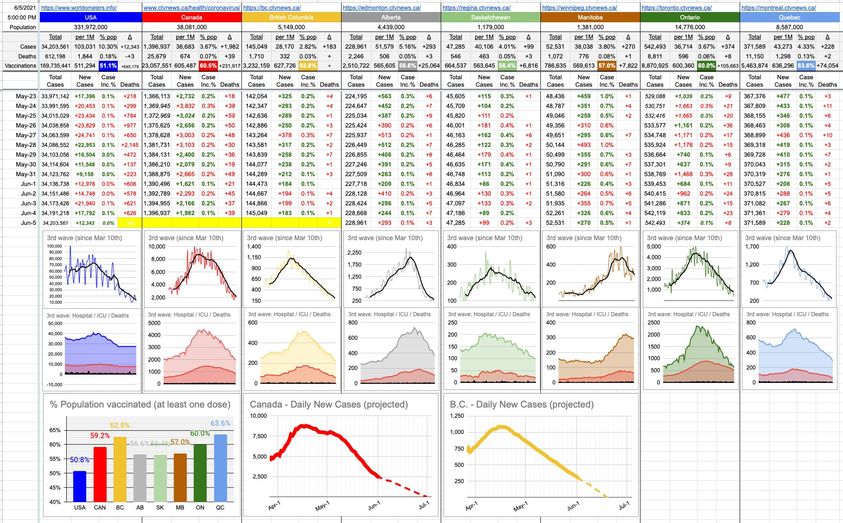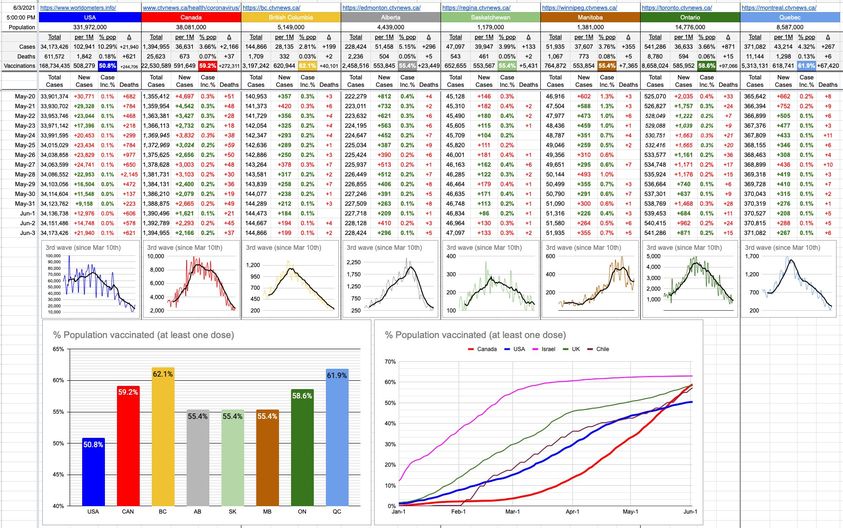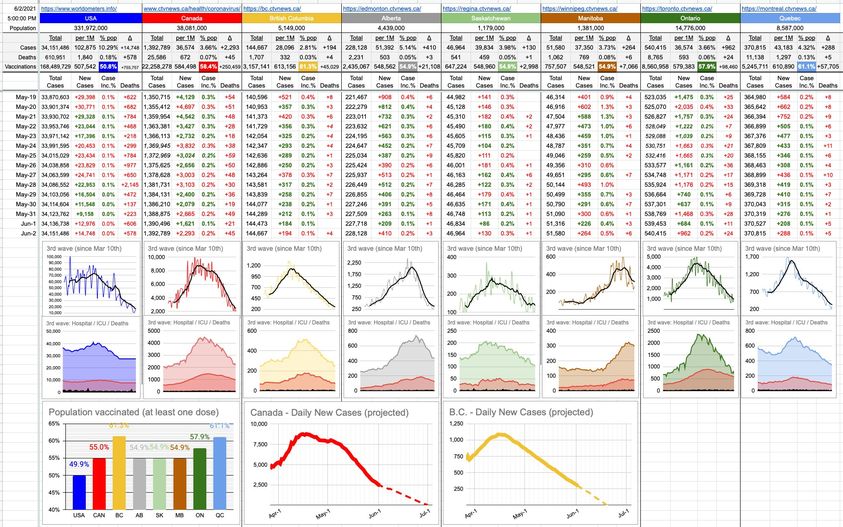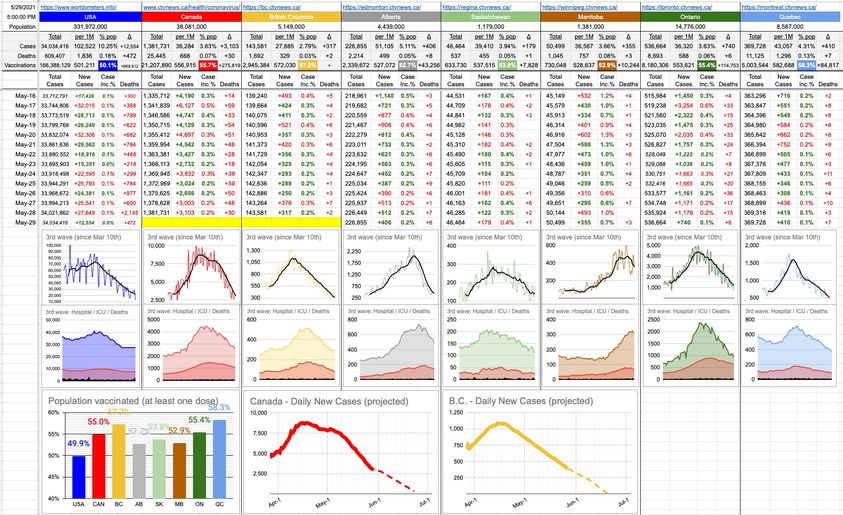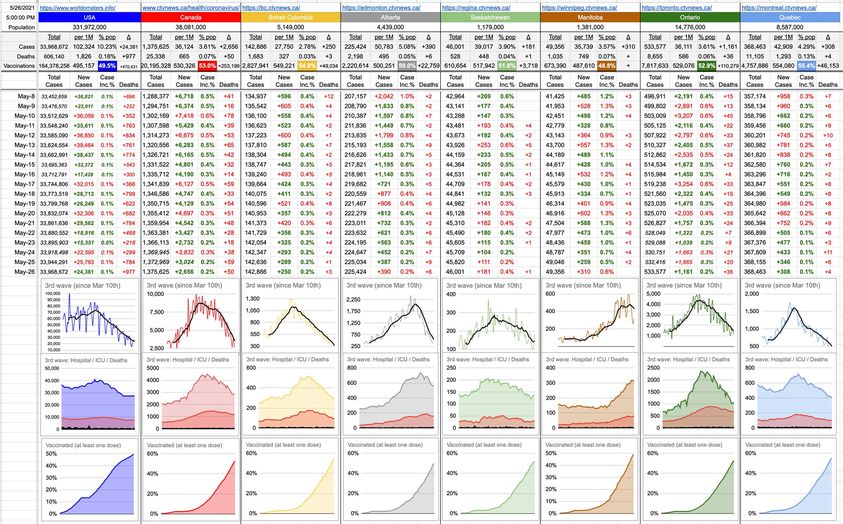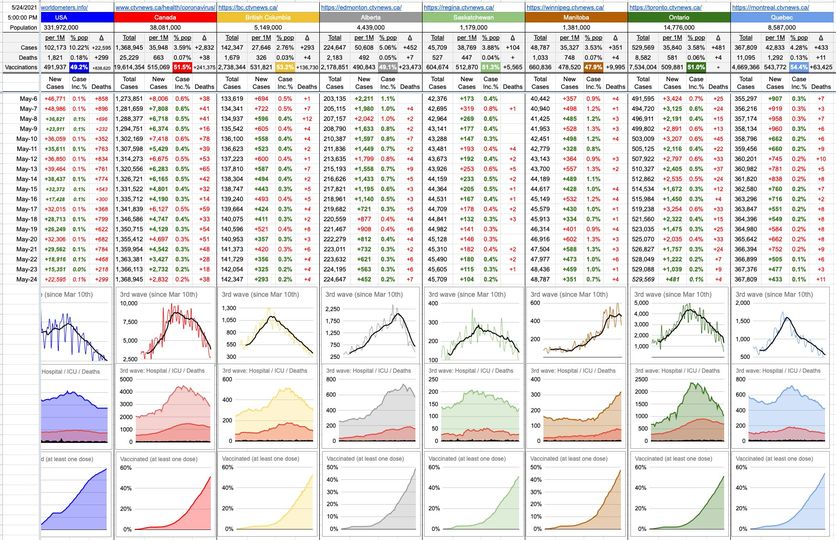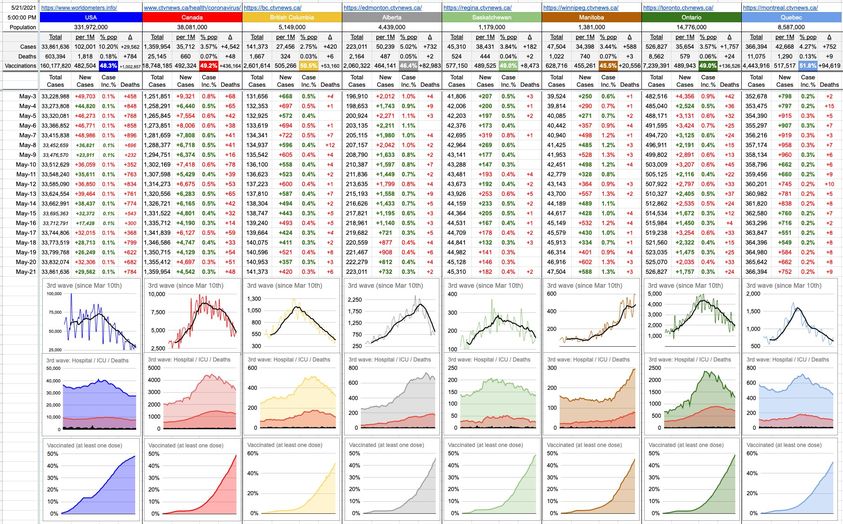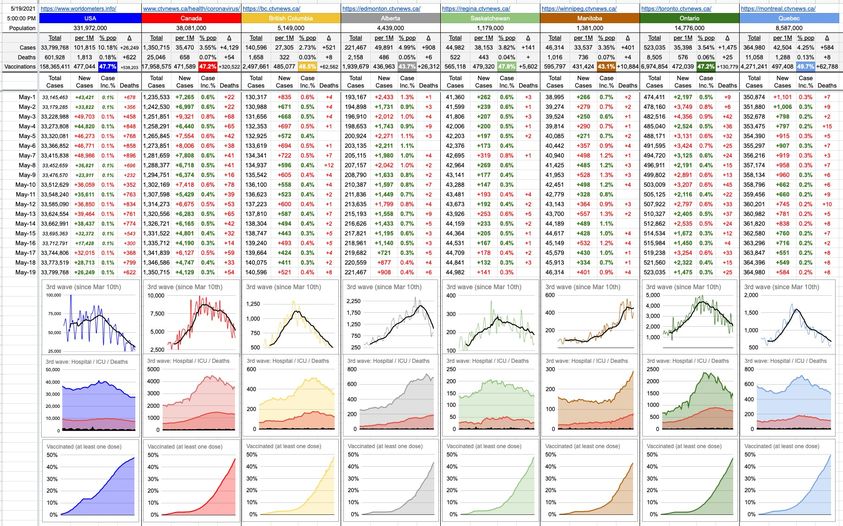June 8, 2021
“What could possibly go wrong?” – famous quote, and not words that should be spoken out loud. It’s a rhetorical question, best left to your inner thoughts; when you speak it out loud, you’re daring the universe to answer: “Well… let me show you…”
In the midst of the optimism of re-opening and getting back to normal comes a curveball being thrown at the world… the Delta (formerly “Indian”) variant of C19.
To begin with, it’s undoubtedly more contagious than any predecessor. The original UK variant (now known as Alpha) is 50-100% more contagious than the original strain that dominated 2020. And Delta is 50% more contagious than Alpha. Let’s hope this frat-house-inspired naming convention never gets to Omega.
One positive is that, generally, the more contagious it is, the less harmful it is. That’s not for sure, yet… but quite likely, this strain isn’t going to cause disease any worse than the previous strains. It’s just that it’s much easier to catch. Indeed, all the little spikes we’re seeing in different places – little spikes for now, but we all know what that can grow into – are caused by upticks predominantly of the Delta variant.
So… vaccines… how much protection do they have against it?
To begin with… the vast majority of people who’ve become infected with Delta have had zero vaccinations.
With one dose – you’re not there yet; the one-shot effectiveness of Pfizer/Moderna/AstraZeneneca on Delta is only about 33%, compared to north of 60% for other variants. It’s the second dose that makes a huge difference in this case.
But, beyond that… in the U.K., only three people who’ve been fully vaccinated have been hospitalized as a result of Delta. Three people out of 40% fully-vaccinated people out of a population 66 million people equals one in 9 million.
So, there’s no guarantee you won’t catch it. You may well catch it and never know it. You may be exposed to it and never know it… or catch some mild symptoms. But the big takeaway: If you’re fully vaccinated, you have a one in 9 million chance of being hospitalized due to the Delta variant. Sure, those numbers will get worse… bit it’s a good starting point. The equivalent of throwing 9 dice onto the floor. As long as they don’t all land on the same number, you’re good.
While two doses of any vaccine will do the trick, we’re talking about the U.K. here… and when we talk about the U.K., we’re talking almost exclusively about AstraZeneca. Over there… whether it’s one or two doses, almost all are AZ.
Which leads me (and anyone who’s had the AstraZeneca vaccine) to one again ponder the dilemma of AZ or Pfizer for the second dose, especially factoring in timing. I had my AZ dose April 22nd. I think I’d be able to get AZ relatively soon; Pfizer, I’m not sure. And so… while I’ve been waiting patiently for Pfizer, now I’m wondering about the alternative. Maybe go right back to that little mom-and-pop pharmacy a few blocks away and get the AZ… and then, that’s it.
My decision will be based on what happens around here in the next week or two. I was always a proponent of “get whatever is offered to you”. I changed my mind, watching the data from the European studies (Spain/UK/Germany) implying mixing AZ with Pfizer yields better results. But I’m not against changing it back if the situation calls for it.
And that’s more than ok. There’s another famous quote… from the father of lateral thinking, Edward de Bono: “If you never change your mind, why have one?”



